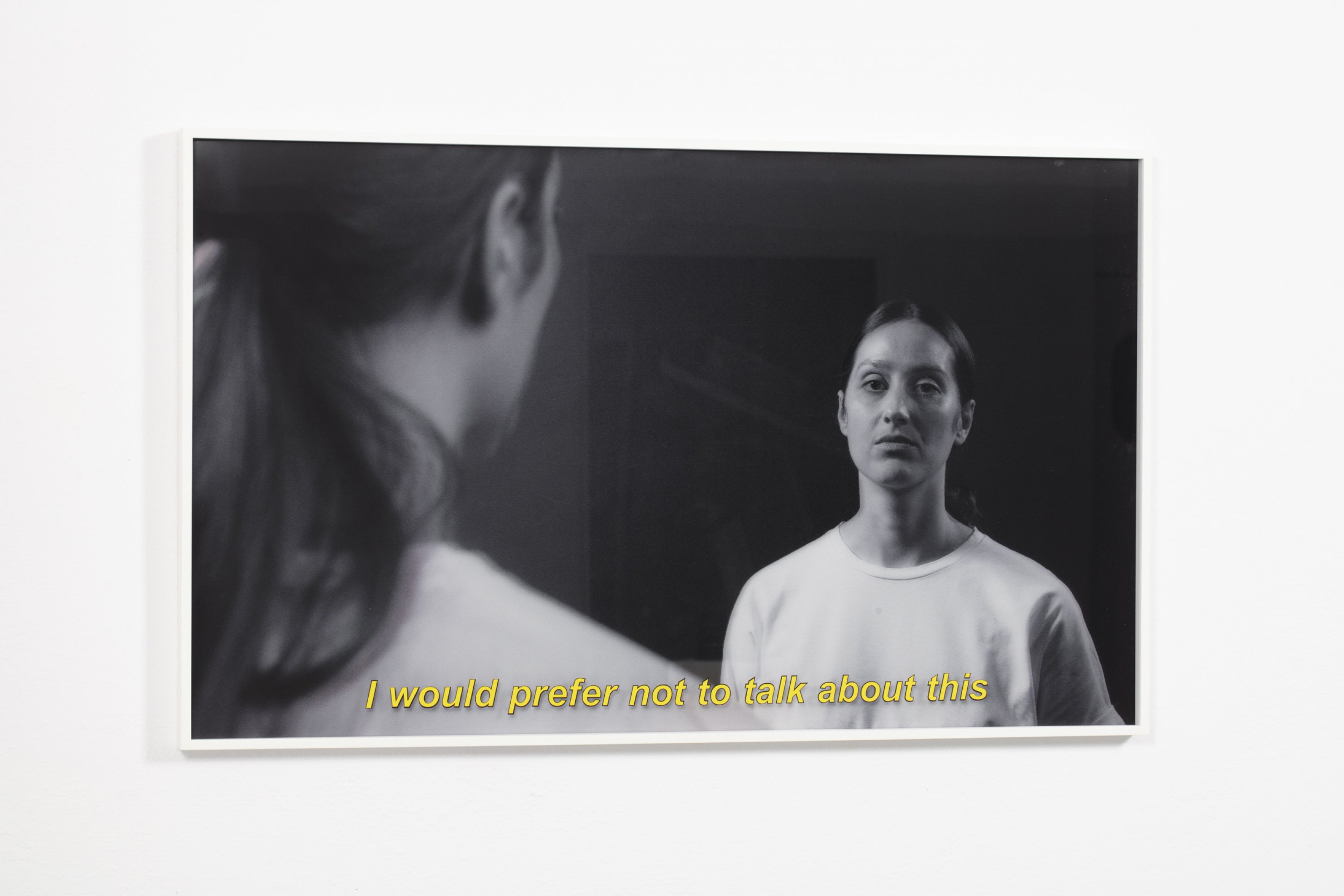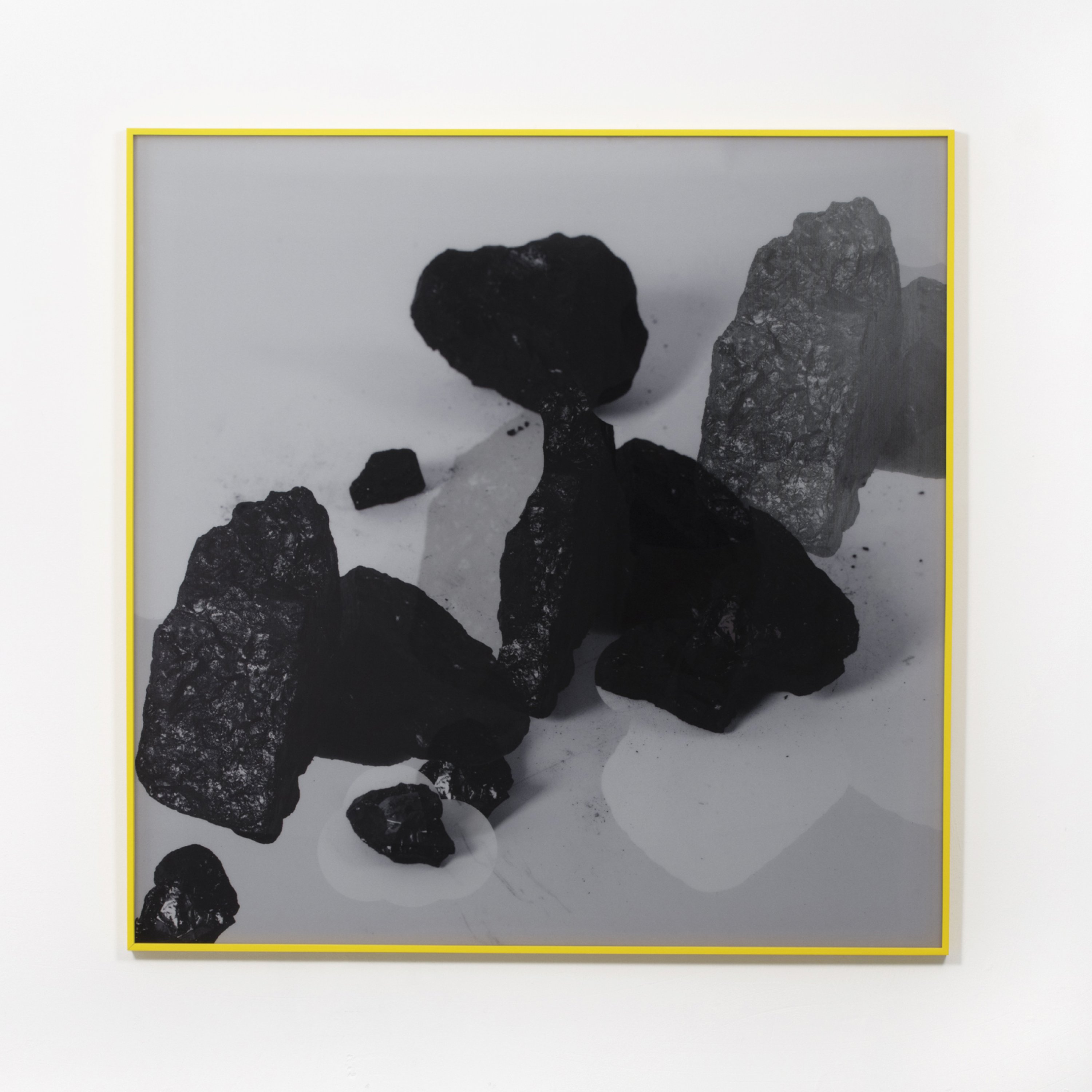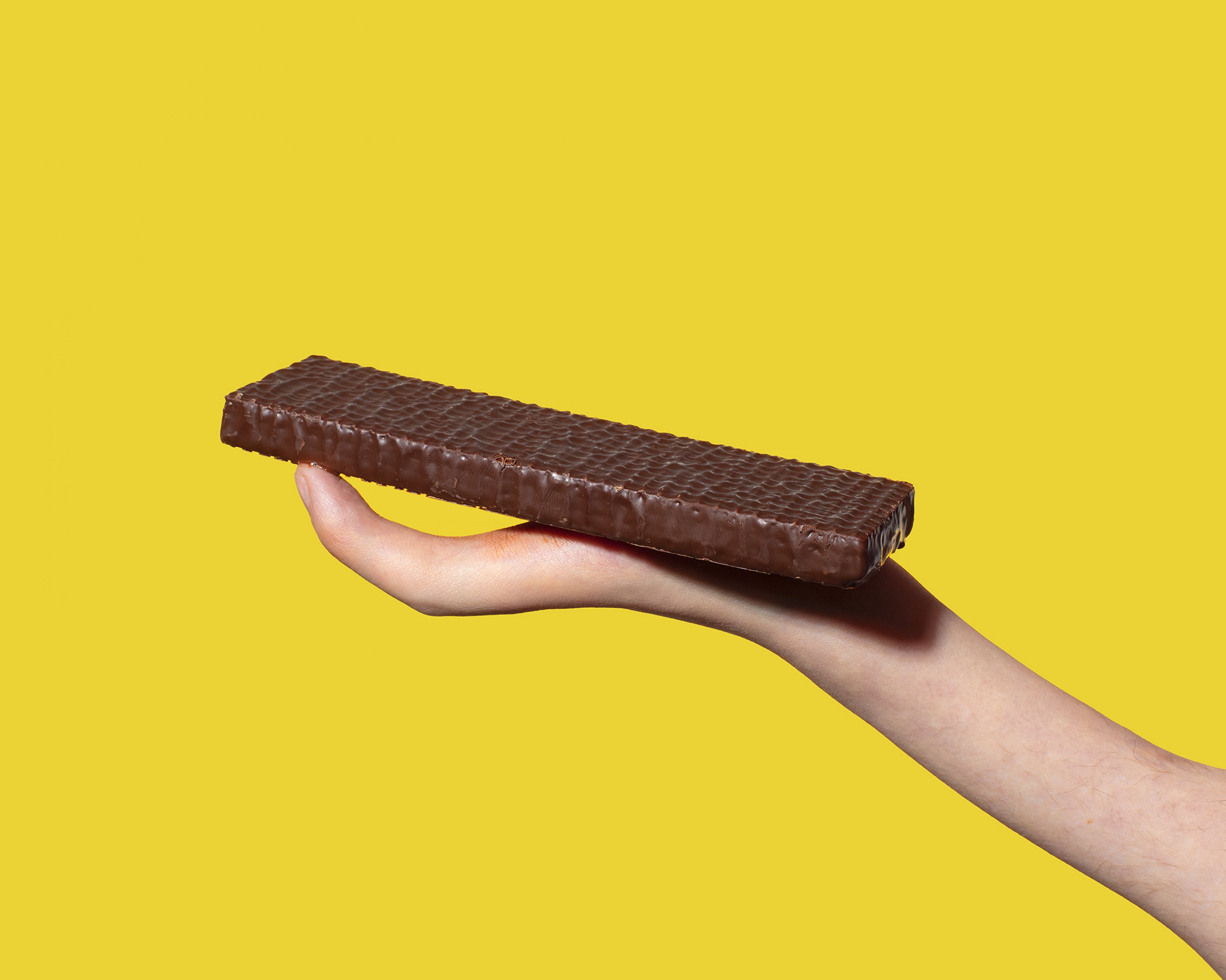Witek Orski
b. 1985, Warsaw
Visual artist, theoretician of photography. A philosophy graduate of the University of Warsaw, he creates photos, photographic installations, and video works. He refers to his practice as post-conceptual photography. He studies the relations between images, and is interested in the social functions of photography and its status in the field of art. The medium of the exhibition itself is also an essential tool for Orski. He arranges series of works into visual essays in which the reception of each item is meticulously designed. In 2010–2012 he was involved in the Czułość Gallery. He is a doctoral student in the Intermedia Department at the University of the Arts Poznań and a lecturer at the Szczecin Art Academy. He lives and works in Warsaw.
I would prefer not to talk about this
FSP ING 0193
The title phrase “I would prefer not to” was drawn from Herman Melville’s tale “Bartleby, the Scrivener: A Story of Wall Street” (1853). With these words, the protagonist one day refuses to perform his duties. From thenceforth, he ceases all activity, and to all orders, questions and requests—work-related or not—he responds with the same words. The philosophical dimension of the story provokes reflections on the act of refusal as a strategy of passive rebellion. Witek Orski modifies Bartleby’s catchphrase and places it in the lips of the female protagonist of his work, who “would prefer not to talk about it,” limiting herself to a telling gaze. At base, photography is a mute medium. The filmic proportions of the frame and the title included in the photo like a dialogue track directly allude to cinema images, with both motion and sound. The use of the lenticular printing technology, which involves the composition of a single image out of three different shots, creates an impression of movement. Depending on the viewing angle, the subject seated at the mirror gazes at the viewer, at her own reflection, or, lowering her eyes, beyond the frame.
Orski does not treat the protagonists of his photos as models, but more as collaborators in the creative process. The woman in the photo is the choreographer Ramona Nagabczyńska, who in her practice devotes great attention to facial expression and gaze. The choreography of the gaze photographed by Orski falls within the centuries-old tradition of the symbolic meaning of the gaze in an image—first in painting, later in photography and film.
Postproduction
FSP ING 0194
In Postproduction, the artist works with coal, but using digital retouching tools rather than a pickaxe. Stamps and correctors from graphics programs are typically used to smooth, slim and brighten, without leaving traces. Artists working in the field of post-photography have adopted these tools for artistic purposes, revealing their invasive intrusion in the image. Witek Orski combines this strategy with the lenticular printing technology, creating an illusion of animated motion to capture the moment when the image disintegrates. There is no finished image, only an endless loop of postproduction.
Orski often treats concepts from the field of visual culture as metaphors for narrating other phenomena. Coal, a symbol of the industrial age, provides him a point of departure for reflection on contemporary economic models. Can the phenomenon of looping reproduction and postproduction of images be compared to the functional mechanisms of the post-industrial economy? Orski employs the medium of photography to pose questions without framing definitive answers.
How much it weights
FSP ING 0195
How much it weighs employs the convention of stock product photography. The artist was inspired to make the photo by the website ilewazy.pl, a database of the nutritional value of food products and a kind of photographic typology of food. The products, placed against a uniform background, are photographed in a human hand, which performs the function of scale, providing a suggestion of the products’ actual size. The use of photography as a typological tool is deeply rooted in the darkest moments of the development of the medium: the valuing of certain conventions of depiction and delineation of the standards of how the human body should look. Witek Orski modifies the convention to create a space for reflection on how the photographic image operates, and to reveal its hidden mechanisms of dehumanizing violence. In his picture we see a Prince Polo candy bar displayed on a hand that does not fit the canon, as due to a congenital anomaly it has only two fingers. Fingerprints are visible on the chocolate surface, melting under the impact of body heat.


